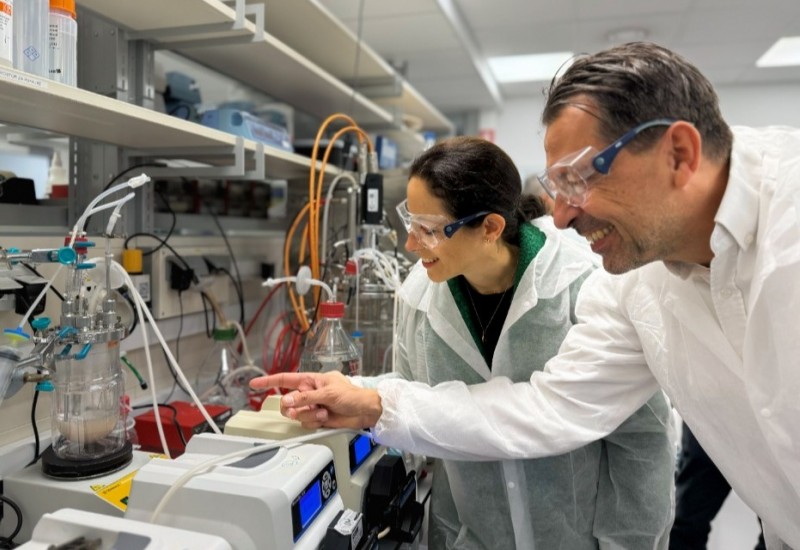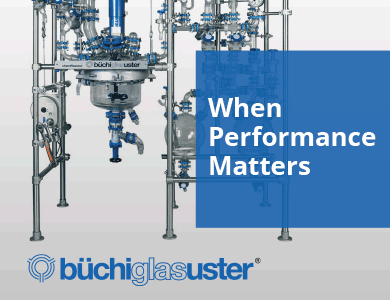Feature article - Don’t forget your homework!
In speciality chemicals, doing your MA&D ‘homework’ means much more than it used to, says Lauren McCallum, solution manager for SAP’s Chemical Industry business unit
On 23 August, Lanxess announced its acquisition of IFF’s microbial control business. This was just days after the German speciality chemical company completed its acquisition of Emerald Kamala, the world’s largest benzoic acid producer. Lanxess had already bought disinfectant producers Theseo and Intace in early 2021. Those purchases were just a few of several other mergers, acquisitions, and divestitures (MA&D) the company has undertaken since its own formation as a Bayer divestiture in 2004, the biggest being its acquisition of Chemtura in 2017.
None of this was too surprising to those of us in the speciality chemical world. In a March call, Lanxess CEO Matthias Zachert told analysts, “Our focus is on so-called bolt-on, midsize acquisitions… However, given a good, attractive M&A opportunity, we wouldn’t shy away from it.”
Given the volume of MA&D activity in speciality chemicals, I could have chosen any number of examples here. But in that same conference call, Zachert added, “We have done our homework and can act from a position of strength in regards to M&A.”
That strength, as Lanxess has made clear, was substantially built on the digital transformation that was part of that homework. Doing one’s homework means much more than it used to. In the case of Lanxess and many other companies I have watched merge, acquire, and divest in recent years, it is no longer just about traditional due diligence. T
he speciality chemical industry – and the chemicals industry in general – has become one in which preparing for, executing, and then monitoring the fruits of MA&D has become something of a core business function. If that sounds overblown, consider that Deloitte counted 501 mergers and acquisitions in the global chemical industry in 2020 – down about 14% from the prior year due to the COVID-19 pandemic.
Speciality chemicals comprised a full quarter of that activity, with fertilisers and agricultural chemicals making up another 10% of it. Megadeals were scarce – all but eight were less than $1 billion in value. Mid-market deals of the sort Lanxess typically purses predominated. When the numbers come in, 2021 will surely have seen a rebound: all but one of the 35 chemical-industry executives Deloitte interviewed in late 2020 said they were likely to be pursuing M&A deals in 2021.
The reasons the speciality chemical industry so busily acquires, merges, and divests are familiar enough. The industry is characterised by long R&D cycles and intense regulatory oversight. To enter new geographic markets and expand product portfolios into new market segments, buying in is often more appealing than the costly grind of developing or expanding in-house.
As the competitive landscape changes, chemical companies want to shift and sharpen their strategic focus and reassess strengths and weakness vis-à-vis market opportunities. These opportunities are frequently driven by the need to adapt to consumer tastes, for example, through new emphases on sustainable products and production.
The flavour and fragrance industry segment is a particularly good example here, as consumer desire for ‘natural’ and healthy ingredients has driven a flurry of acquisitions over the past years, from IFF’s acquisition of Frutarom and their purchase last year of DuPont’s Nutrition & Bioscience business unit to both Givaudan and Firmenich purchasing stakes in Robertet, a French natural ingredients company.
Environmental, social, and governance issues – not least related to carbon emissions – are starting to creep or stomp into the conversation, too. You can talk to ExxonMobil Chemicals about that. And, of course, we want to (and must) achieve ‘synergies’, perhaps the most popular inhabitant of the MA&D press release.
In Lanxess’s case, a big part of its homework was done well before these recent acquisitions. When it bought Chemtura – this was a $2.6 billion megadeal – Lanxess faced the prospect of integrating its new addition with both companies on their own customised versions of the same ageing ERP system. It saw this as a good time to start afresh. The new system ushered in simplified, harmonised, standardised processes that Lanxess and its new acquisition would share.
As Lanxess recognised, systems designed to support the speciality chemical company of a decade or longer ago no longer do such a great job supporting today’s business, which demands extreme speed and agility across product and service portfolios. In addition to the day-to-day business benefits of this streamlining and modernising, business process standardisation played right into its MA&D business function. ‘Plug-and-play’ will always be a pipe dream with something as complex as a chemical-industry merger, but Lanxess’s IT investment is paying dividends here.
When you standardise on industry-standard processes, integrating new businesses becomes much, much easier. Moreover, these systems also vastly expand upon legacy systems’ MA&D support functions. While legacy ERP systems did provide a helping hand in integrating new acquisitions and, afterward, providing insights into the successes and not-quite-successes of that integration, they can do much more now.
The new systems support scenario simulation related to potential opportunities on both the M&A and divestiture side. Real-time financial analytics and simulations based on diverse, timely data help executives see what selling a business unit – or adding one – might ultimately do for their company. These systems provide a window into the profitability of a company’s existing product portfolio right down to individual products that, in this business, can number in the thousands and involve the ‘same’ product being made in distant plants at varying costs with different margins in diverse markets.
The writer Shel Silverstein was not talking about the speciality chemical business, but in ‘The Missing Piece’ he certainly recognised that the secret of a successful partnership is first knowing your own strengths and weaknesses. In this business, chemical companies have to know themselves down to the product and the penny.
The importance of state-of-the-art systems in successful MA&D also has to do with their inherent capabilities and the flexibility their data models provide. Put simply, these systems combine rock-solid core chemical-business processes amid a constellation of shared services (think HR, procurement, and logistics) that operate as cloud applications around that core. I have seen this separation enable far easier post-acquisition integration.
Finally, once a merger or acquisition is wrapped up, these systems’ monitoring capabilities can confirm whether the business processes so painstakingly crafted for the combined entity are being used, and if so, whether those processes are helping save money and make money. Lanxess has done its homework, but it is not the only speciality-chemical firm that can boast as much: Albemarle, Axalta, DuPont, FMC, IFF, and Versum (now part of Merck KGaA) are a few other examples among many.
On the IT front, that homework involves many months of process redesign, integration, testing, and conversion work, as well as change management across vast swaths of an organisation. As Lanxess and others have shown, these systems have helped them pursue M&A strategies with unprecedented confidence, and they’re taking full advantage of it. It is a safe bet that they will not be the last to do so.
Contact:
Lauren McCallum
SAP
www.sap.com















